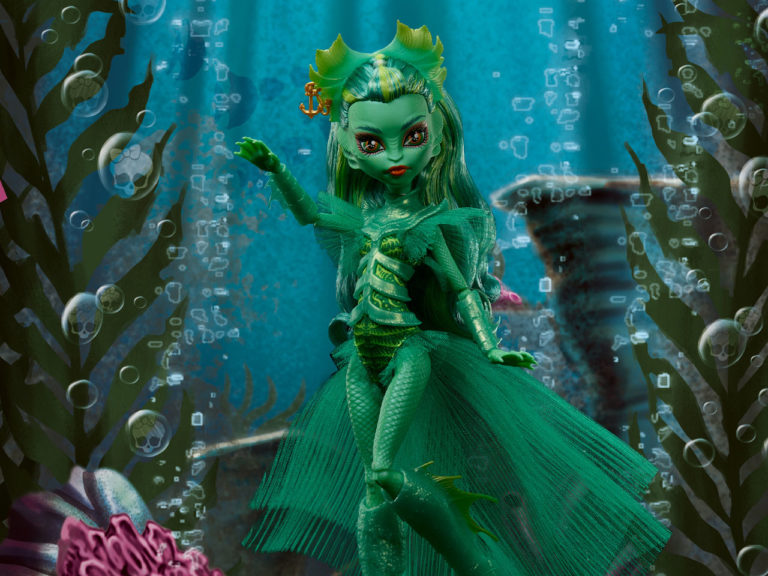
Solicited as the grand finale to the DC Vs. Vampires spin-off, All-Out War #5 ends the same way it began. Licking their wounds from a bittersweet battle, the team desperately attempts one last Hail Mary before giving up completely.
Where we last left off, the survivors had entirely botched Constantine’s plans to bring the sun back to Earth. Fortunately, a newly defrosted Captain Cold insists that he has the ability to accomplish their goals. Some time in the early days of the vampire apocalypse the Rogues went on a crime spree in Central City unaware of how bad things were. Apparently, Cold put himself into suspended animation to avoid fully turning. Luckily, conscripting Leonard Snart into their “Suicide Squad” was easy because he had nothing better to do.

Constantine basically confirmed my suspicions about Rosenberg’s plotting of the series so far. After revealing his survival in DC Vs. Vampires #11, Constantine makes the effort to visit his team after their failure. The series began in a post-Batman world desperately searching for a replacement, but settling for whatever Constantine comes up with. To his credit, most of his quick thinking has kept all the survivors in the game up till this point, especially with interventions from Deadman. Strangely, it is a lot more refreshing to hear Rosenberg indirectly admit that he doesn’t know how it all supposedly ties together.

Speaking of loose ends, the heavy focus on Azrael led nowhere but a third act betrayal and a sword in the right place at the right time. I’ve always thought a concurrent theme in the story was its focus on duty and PTSD. Nearly every member of Deathstroke’s squad martyr themselves in the series in dedication to the belief in the cause. That same belief ignites Azrael’s sword in the hands of Boston Brand to help them escape and eventually kill Baron Cinder. Baron Cinder’s story is unfortunate, but he has no weight to him as a meaningful antagonist. Shifting goal posts twice or so likely plays a part in decreasing the value of Cinder’s defeat. By the end of things, his death just feels like an obligation.

It’s tough to say what the heart of the story is. In some ways, Deathstroke’s stepping into Batman’s shoes and building a family is the most important through line. Most importantly is the relationship he builds with Mary Marvel and the others as a mentor. Although Deathstroke has god awful track history with mentoring young girls, the way he guides and comforts Mary is inspirational. I really like how closely bonded the characters become within the story. The illustrations help sell a lot of the series’ darkest moments, often making use of its color scheme and shadow choices for impact. I think the artwork’s consistent control of the mood is the most valuable part of reading the book.
Did We Need An Ivy One Off?
In case anyone was wondering, Ivy turned into a vampire/plant hybrid creature during all of this. In the final backup story called Thirst, we follow Poison Ivy as she kills a bunch of humans and vampires on her way to find Tynion IV’s The Gardener. Mirika Andolfo both writes and illustrates Ivy meandering around Gotham as she bemoans who she has become. Lately, the concepts of actualization have become very important in Poison Ivy’s stories. While this story only exacerbates her non-stop identity crisis, at least it better justifies her present day cannibalism. The art style is loose and sketchy, but features fascinating vampiric flytrap-like designs and red thorns. Thirst isn’t original, nor does it warrant the continuation it suggests. Perhaps someone will explore Ivy’s condition in another book, but in this one it’s boring.
Recommended If…
- You’ve made it this far reading DC Vs. Vampires.
- Watching a Kryptonian monster solo an entire squad of heroes sounds good.
- You love Vampire fiction.
Overall
Matthew Rosenberg revived the classic All-Out War series to build up and tear down a family of unlikely soldiers. While it began with a search for Batman, both heroes and villains redeemed themselves in battle for the greater good. Although the story finds strength in the bonds made under traumatic stress, it struggles to keep a coherent direction through most of the story. Fortunately, the art always delivers on its pulp epic themes, despite sometimes feeling like stiff cut outs. Overall, it is a gloomy six issue story, but it has the action and appeal of something like Smoking Aces. However, I wish things led to a more meaningful direction. As a standalone, it disservices its own cast to set up further stories while ignoring its own. I hope when DC Vs. Vampires does reach a conclusion, it feels more earned.
Score: 7/10.
DISCLAIMER: DC Comics provided Batman News a copy of this comic for the purpose of this review.


